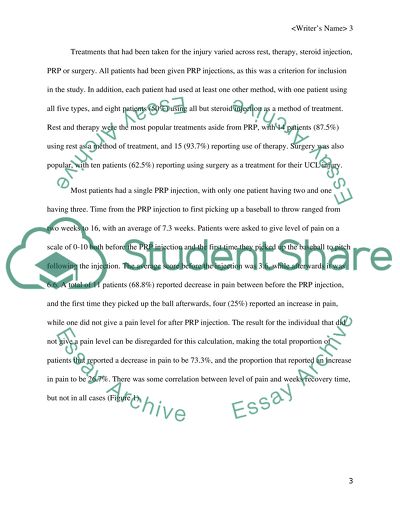Cite this document
(“Effects of Platelet-rich Plasma Injections Thesis”, n.d.)
Retrieved de https://studentshare.org/biology/1390980-prp-effects-on-ulnar-collateral-ligament
Retrieved de https://studentshare.org/biology/1390980-prp-effects-on-ulnar-collateral-ligament
(Effects of Platelet-Rich Plasma Injections Thesis)
https://studentshare.org/biology/1390980-prp-effects-on-ulnar-collateral-ligament.
https://studentshare.org/biology/1390980-prp-effects-on-ulnar-collateral-ligament.
“Effects of Platelet-Rich Plasma Injections Thesis”, n.d. https://studentshare.org/biology/1390980-prp-effects-on-ulnar-collateral-ligament.


